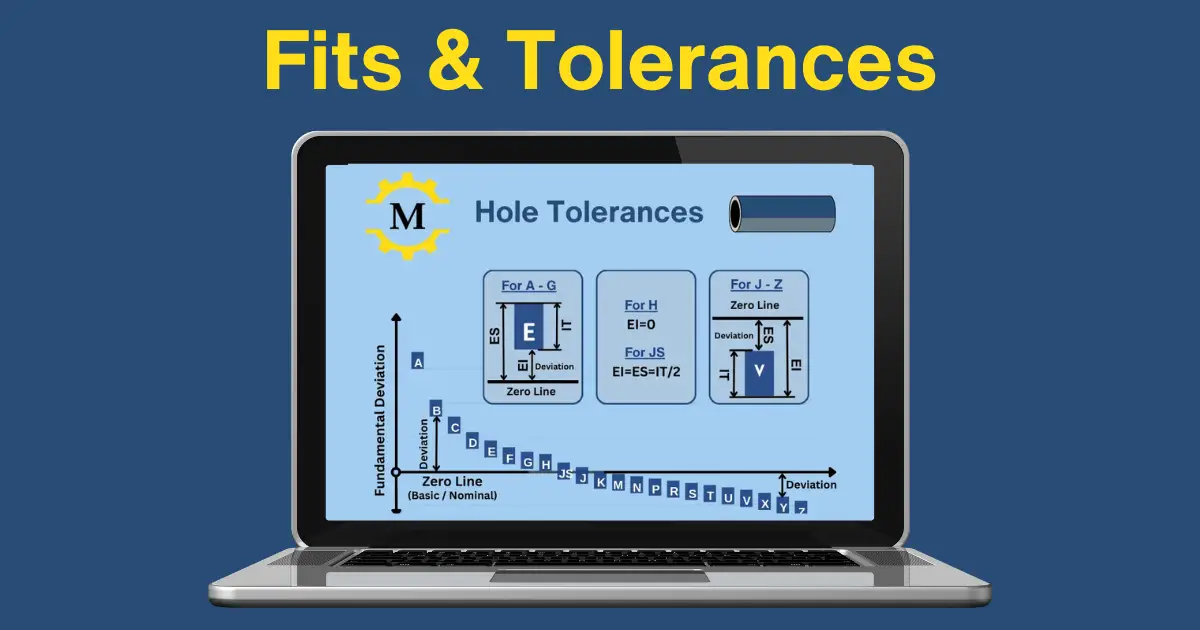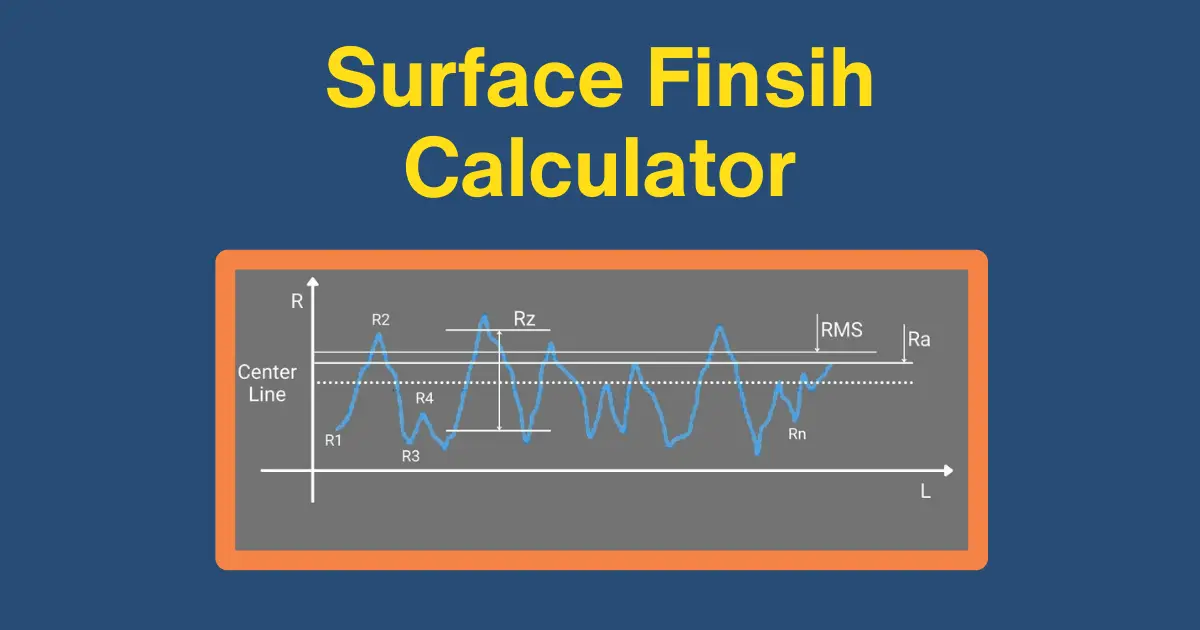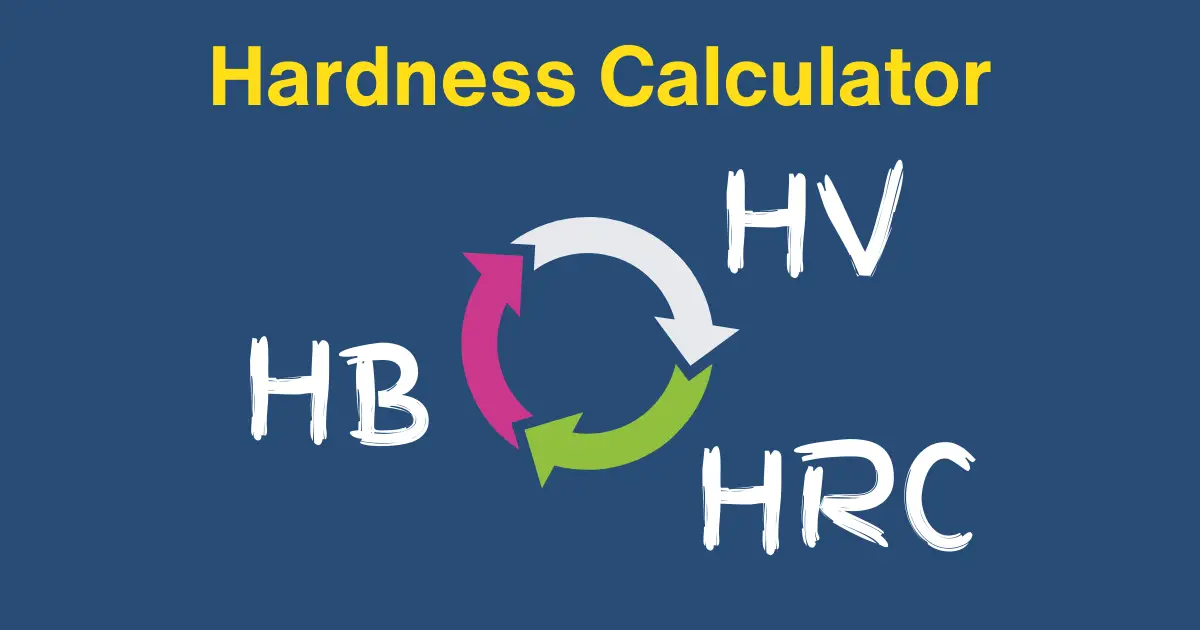The term deviation is better publicly known in statistics as: “a measure of the difference between the observed value of a variable and some other value.
However, in engineering, allowance and deviation are the same and defined as “The position of the tolerance zone in relation to the zero line (Also referred to as basic size or nominal size)”. It is primarily used in threading and tolerancing standards.
Upper & Lower Deviations
The algebraic difference between the upper limit and the basic size is called the upper deviation and is denoted by es for shafts and ES for holes. The algebraic difference between the lower limit and the basic size is called the lower deviation and is represented by ei for shafts and EI for holes. The configurations may be confusing and depend if the feature is external or internal and if the deviation is negative, positive, or zero.
| Deviation Symbol |
 |
 |
|---|---|---|
| A-G |
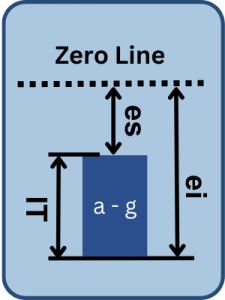 |
 |
| H | es=0,ei=IT | EI=0, ES=IT |
| JS | ei=es=IT/2 | EI=ES=IT/2 |
| K-Z |
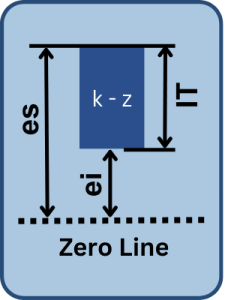 |
 |
